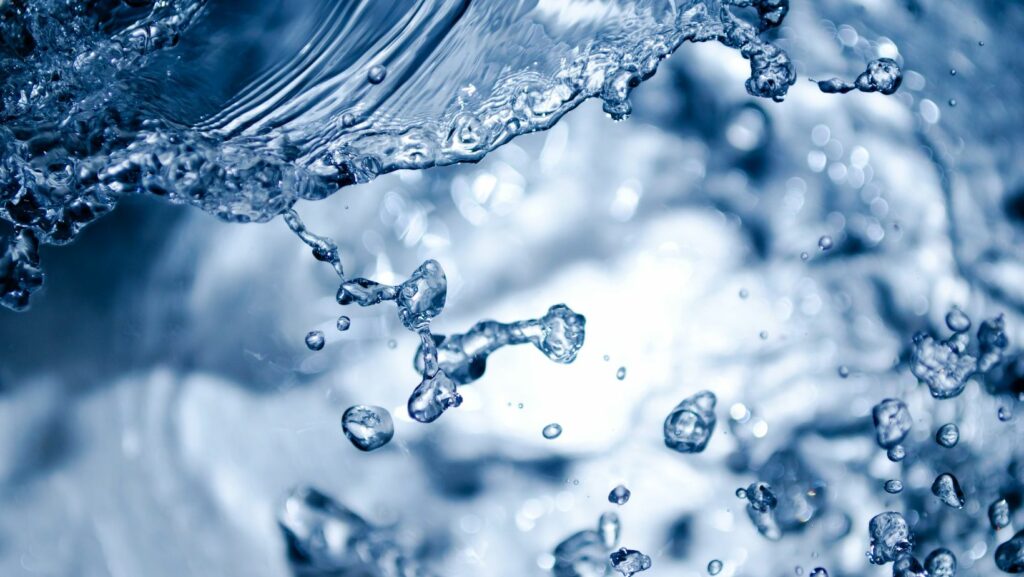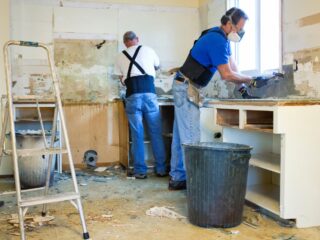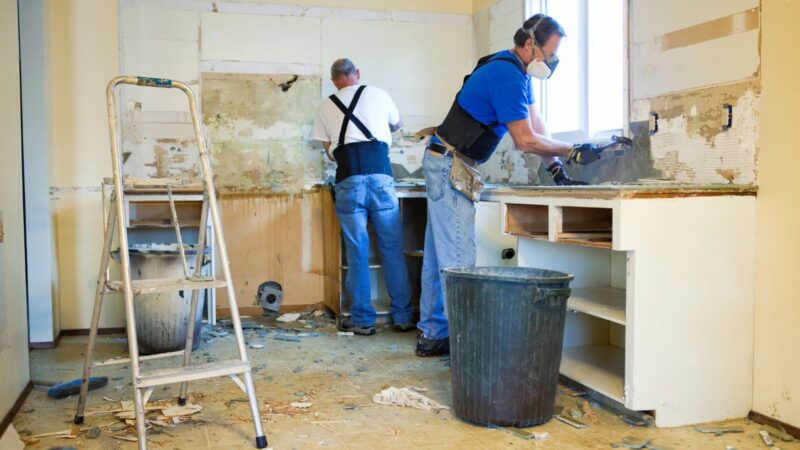
We turn on the tap, and out flows water, clear and refreshing. It’s so commonplace that we might not stop to consider the journey that water has taken to get there. But that voyage from nature to our faucets is a fascinating interplay of nature and science. Let’s trace the steps water takes to reach our homes.
Nature’s Reservoir: Where It All Begins
The water journey begins in nature. Whether it’s from rivers, lakes, underground aquifers, or reservoirs, water sources are abundant and varied. Rain and melted snow usually feed these sources. This natural water often contains impurities, be they mineral, organic, or microbial. And while Mother Nature does a fantastic job at keeping our planet hydrated, she relies on human intervention to ensure the water is suitable for our consumption.
Treatment Plants: The Magic of Modern Science
Once collected, water is directed towards treatment facilities. These facilities are like giant laboratories equipped with advanced technologies to clean and purify water. Here, water undergoes several treatments:
- Sedimentation: Water is allowed to sit in large tanks, a process during which heavier particles naturally settle at the bottom.
- Filtration: The water then flows through filters that catch and remove smaller particles. These filters can be made of sand, gravel, or other materials.
- Disinfection: To kill bacteria, viruses, and other pathogens, water is treated with chemicals like chlorine or chloramine.
- Purification: For areas requiring more advanced treatment, processes like reverse osmosis come into play. This procedure involves forcing water through a special membrane to remove tiny contaminants and ensure the highest purity levels.
After these steps, the water is stored in clean tanks, ready to be delivered to homes.
The Maze of Pipelines: A Network Below
The journey is not over yet. From the treatment plants, the water has to navigate a labyrinth of pipes to get to our homes. These pipelines stretch for miles, crisscrossing cities and towns.
Municipalities regularly inspect and maintain these pipes, ensuring they remain clean and free from leaks. This maintenance guarantees that the treated water doesn’t get contaminated on its way to our homes.
Your Home’s Plumbing System: The Final Leg
Once the water reaches your neighborhood, it divides and travels through smaller pipes, finally arriving at your residence. The intricate plumbing system in your house further directs this water, ensuring that when you open a tap in your kitchen or bathroom, it outflows the clear, clean water you expect.
It’s worth noting that homes might have their own additional purification systems. Filters, UV purifiers, and other devices can add an extra layer of protection, ensuring the water you consume is of the highest quality.
Protecting the Journey: Challenges and Solutions
This journey, while seamless on most days, does face challenges. Aging infrastructure, environmental contaminants, and even natural disasters can disrupt the flow or quality of water.
But fear not, for solutions are plenty:
- Regular Monitoring: Water quality is regularly monitored at all stages. Any deviation from the standards triggers alarms and corrective actions.
- Infrastructure Upgrades: Cities and municipalities invest in upgrading pipes, treatment plants, and storage tanks, ensuring the journey remains smooth.
- Community Involvement: Local communities play an essential role. By being vigilant, reporting issues, and practicing sustainable water usage, they contribute to the journey’s success.
Celebrating the Gift of Clean Water
Next time you fill a glass from your tap, take a moment to appreciate the incredible journey the water has taken. From nature’s vast reservoirs through the marvel of modern treatment plants, via miles of pipes, to your home, it’s a testament to human ingenuity and nature’s bounty.
So, here’s to the incredible voyage of water and to the scientists, engineers, and community members who ensure it reaches us, clean and refreshing, every single day!
Top of Form













